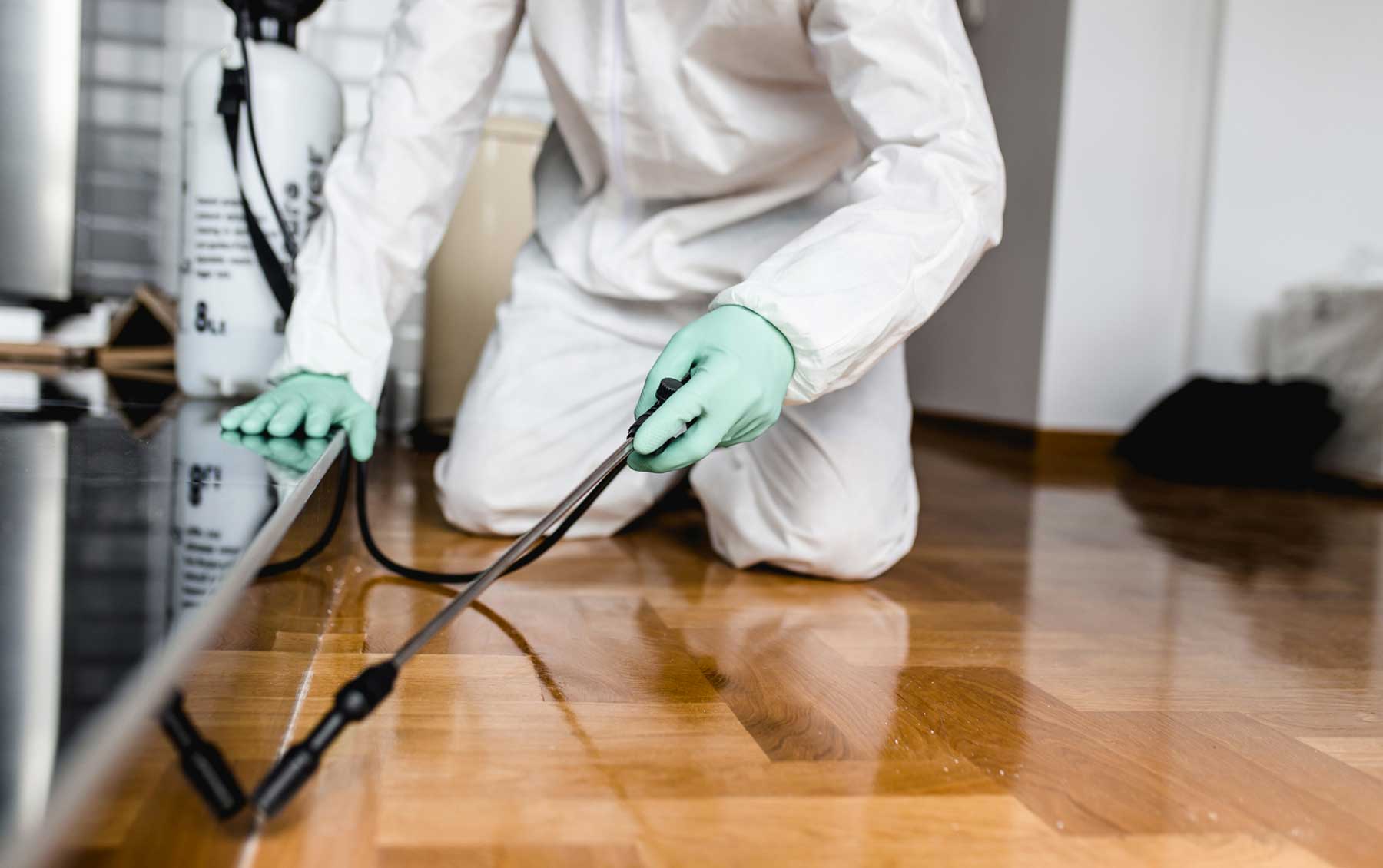Professional Exterminator Services: Say Goodbye to Vermin permanently!
Professional Exterminator Services: Say Goodbye to Vermin permanently!
Blog Article
Specialist Insect Control Techniques for Long-Term Outcomes
Professional parasite control techniques encapsulate a comprehensive technique that begins with a detailed evaluation and evaluation, adhered to by accurate bug recognition to understand their behavior patterns. The application of Integrated Bug Management (IPM) principles, combined with eco-conscious therapies, creates the keystone of lasting bug obliteration.
Examination and Analysis
Upon getting in a home for bug control services, the preliminary step is a complete assessment and evaluation to determine the extent of the infestation and establish one of the most efficient therapy plan. Expert insect control service technicians are educated to diligently check out the properties, looking for indicators of pest activity such as droppings, chomp marks, nests, or any kind of architectural damages. They will also assess the conditions that might be drawing in insects, such as food sources, water leaks, or access points.

Pest Identification and Actions

Furthermore, recognizing the habits of the determined bug is essential to executing effective control actions. For circumstances, understanding where insects nest, what they feed upon, and their activity patterns can help pest control professionals devise strategies to remove them successfully. Some pests might be nighttime, while others are extra active throughout the day. This knowledge permits for the application of treatments at optimal times for optimum efficiency.
Integrated Bug Management (IPM)
Integrated Insect Monitoring (IPM) techniques incorporate numerous strategies to manage and protect against insect problems in a sustainable and eco-friendly manner. Exterminator DC. By integrating techniques such as organic control, habitat manipulation, adjustment of social practices, and making use of immune selections, IPM intends to minimize the use of chemical pesticides
Among the vital principles of IPM is the emphasis on prevention. This aggressive strategy entails tracking parasite populations regularly to find any type of possible issues before they intensify. By determining bug troubles early on, pest control steps can be carried out quickly and properly.
Furthermore, IPM advertises making use of non-toxic bug control approaches whenever feasible. This can consist of utilizing all-natural predators of the bugs, presenting valuable insects, or utilizing pheromones to interrupt mating patterns. By minimizing dependence on chemical pesticides, IPM not just secures the atmosphere yet also assists preserve a balance in the community.
Environmentally-Friendly Treatments
Executing eco-conscious techniques in bug control treatments can successfully resolve invasions while focusing on ecological sustainability. Environmentally-friendly therapies concentrate on decreasing the impact of pest control methods on environments, non-target microorganisms, and human health. These approaches often involve the use of natural predators, such as ladybugs or nematodes, to manage pest populaces, minimizing the demand for chemical treatments. In addition, strategies like habitat manipulation, such as adjusting dampness degrees or eliminating food sources, can aid prevent visit site insects without using damaging materials.
Another secret aspect of environmentally-friendly treatments is making use of organic and eco-friendly products that damage down quickly without leaving harmful residues in the setting. Herb pesticides derived from plants like chrysanthemums or neem use reliable insect control while presenting very little danger to non-target varieties. Utilizing methods like heat therapies or pheromone traps can target particular pests with accuracy, minimizing the overall environmental impact of pest control methods.
Recurring Monitoring and Upkeep
Constant security and maintenance are vital elements of efficient bug control monitoring. Continuous tracking plays an important function in making sure you can try this out that pest invasions are discovered very early and taken care of without delay. Normal examinations by experienced specialists are essential to recognize any type of indications of insect activity, assess the effectiveness of previous therapies, and make changes to the bug control plan as needed. By checking bug populations over time, parasite control professionals can track patterns, expect prospective issues, and apply safety nets to reduce the threat of future problems.
In addition to tracking, upkeep techniques are vital for long-lasting parasite control success. This consists of carrying out correct sanitation steps to get rid of possible food and water resources for pests, sealing off entrance factors to prevent parasites from entering the premises, and attending to any kind of architectural issues that might assist in parasite problems (bed bug heat treatment). By integrating recurring surveillance and upkeep right into an incorporated bug monitoring method, organizations can make certain a pest-free setting and safeguard their building versus pricey damages and health and wellness dangers
Final Thought
In final thought, using professional pest control techniques such as extensive assessment and analysis, precise pest identification and understanding of their behavior, incorporated bug administration methods, environmentally-friendly therapies, and continuous tracking and upkeep are vital More about the author for accomplishing long-term outcomes in parasite control. By carrying out these techniques, individuals can effectively take care of bug infestations and keep a pest-free setting in a lasting manner.
Report this page